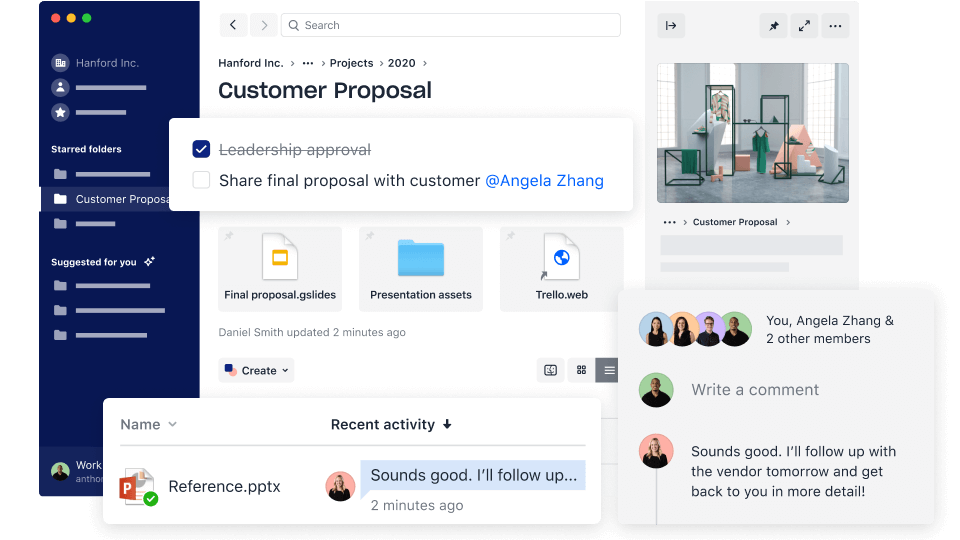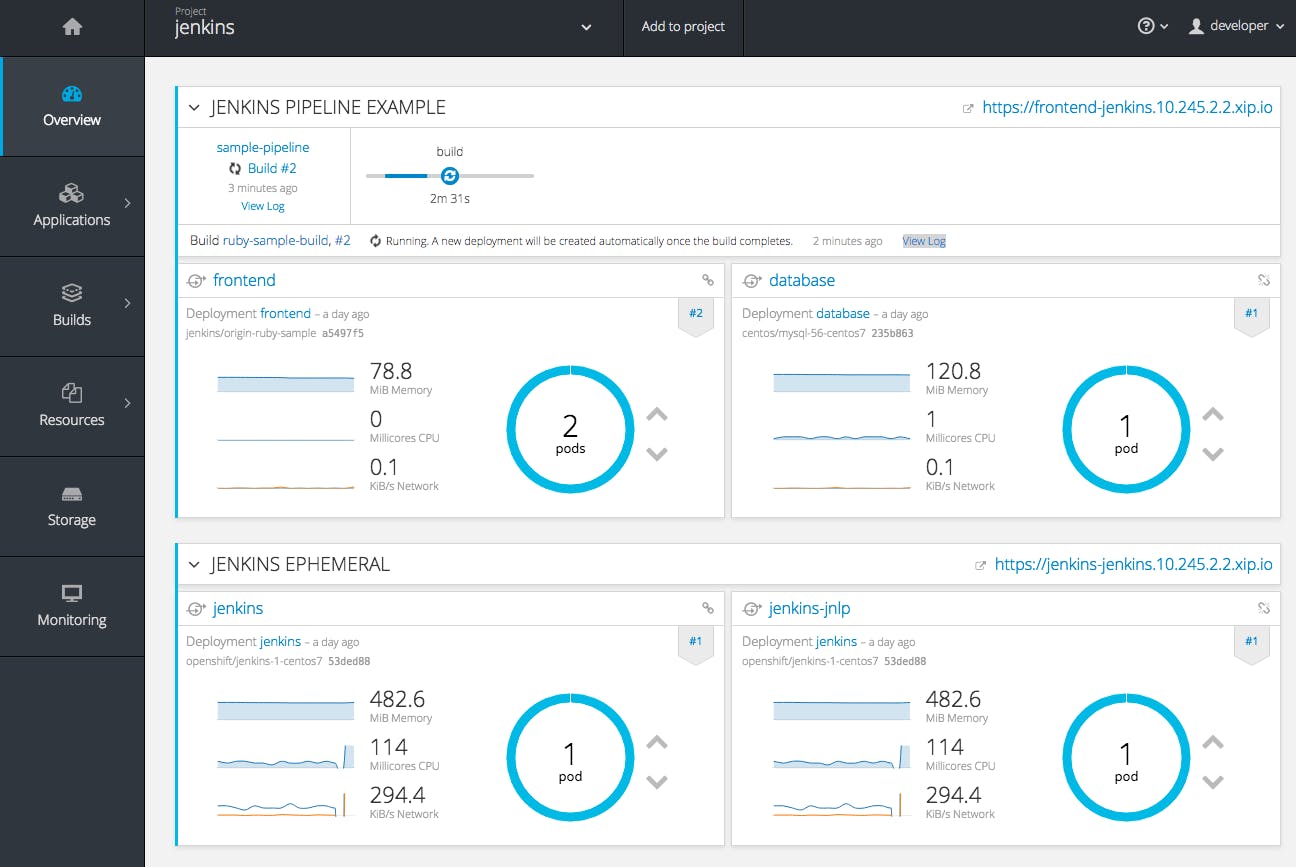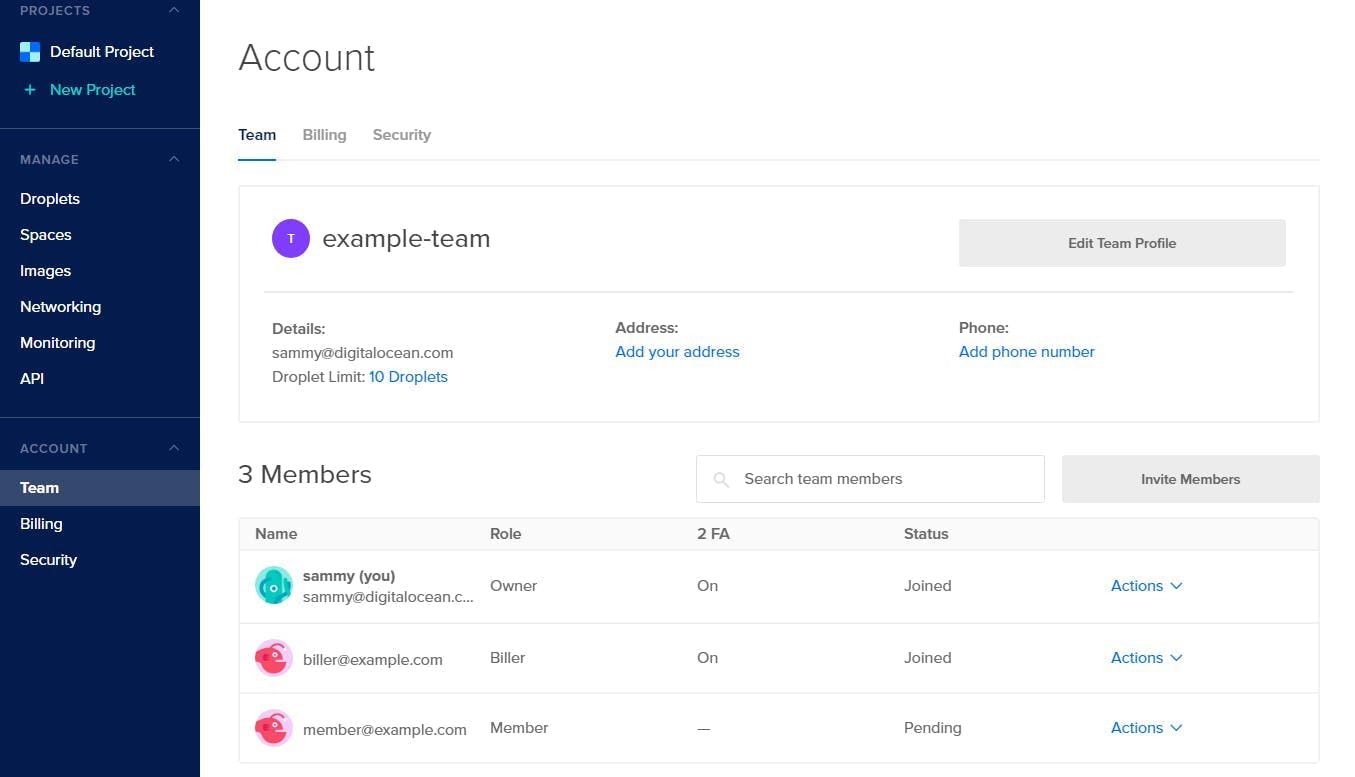The cloud is a widely used technology nowadays. Both small companies and corporations embed cloud tools into work processes. However, it is essential to choose the most appropriate cloud service for your business among the different options. Mainly, there are three models of cloud service, which all have certain advantages and disadvantages. In this article, we will look at them and emphasize the pros and cons.
TABLE OF CONTENTS
reading time: 10 min
Navigate through the article!
Find the topic you are interested in and proceed to it directly from the table of contents!
The core cloud models

Software as a Service (SaaS)
The cloud is a widely used technology nowadays. Both small companies and corporations embed cloud tools into work processes. However, it is essential to choose the most appropriate cloud service for your business among the different options. Mainly, there are three models of cloud service, which all have certain advantages and disadvantages. In this article, we will look at them and emphasize the pros and cons.

Platform as a Service (PaaS)
The provider offers access to a cloud environment where users can create and operate their applications while Saas offers ready-made tools.
The examples of PasS are some of Microsoft Azure services, Heroku, Netlify and OpenShift. All of them are open-source development platforms, which enable the developers to develop and deploy their applications on cloud infrastructure without diving deep into infrastructure level of the platform.

Infrastructure-as-a-service (IasS)
The computing service model (data storage, networks, operating systems) allows users to deploy and run their own software solutions with a pay-per-use. Some of the most popular services are DigitalOcean, Linode, Amazon Web Services (AWS). These are cloud infrastructure providers enabling subscribers with access to services on both an infrastructure model and a platform level.

What is SaaS?
The SaaS model's core advantage is that there are no expenses associated with installing, updating, and equipment operability support and software running on it.
When choosing the Software-as-a-service model, businesses understand that their needs include one of those: it's a short-term project (e-commerce mostly), so collaboration should be fast, successful, and the time is limited. The project will have web and mobile versions.
Speaking of SaaS's benefits, according to the IBM report, there are 6 main advantages:
- Time-saving model: you do not have to install the software, configure and update it.
- Cost reduction: vendors provide users with technical support, data is protected in the cloud, and hardware failure will not lead to data loss. Also, the license cost increases with the rapid scale of the customer base. Thus, expenses at the initial stages are not so scaring away.Scalability and integration: vendors offer out-of-the-box integration tools, easy to set up, and use. The key benefit here is that you do not have to buy additional servers or software.
- Upgrades: Users do not worry about new releases. Since the vendor manages all, there is no need to buy upgrades and waste time installing it.
- Accessibility: Users can test software functionality or a new release feature beforehand.
However, there are some problems with using SaaS.
Since the vendor controls and operates the SaaS service, customers depend on vendors to maintain the service's security and performance. Insufficient data security is what you should think in advance while choosing the right approach because you will entrust a third-party provider with sensitive information. Most of the SaaS require stable internet connection for good working experience. Last but not least is low performance. When browser-based applications run on a remote data center, they may lack performance compared to a similar application running from a desktop.
What is PaaS?
Platform-as-a-service is a cloud model based on a concept where a third-party provider enables the use of hardware and software tools on the Internet. In most cases, PaaS is a solution for application development. Programmer engineers can focus on writing and executing high-quality code to create successful and user-friendly customized applications. A provider hosts the hardware and software on its own infrastructure . That is why developers do not need to install the software.
You can opt for Paas in case you develop custom software and build cross-platform applications. For development companies that would like to implement agile development methodologies, the PaaS model is the best choice.
IBM listed a few main advantages of Product-as-a-service:
- Speed up the work process: PaaS adds flexibility and productivity to the working process. It enables rapid development with faster and more frequent delivery of functionality.
- Quick development: backend infrastructure makes it easy to prototype, develop, and release quickly.
- Cost-effectiveness: since teams do not build infrastructure from scratch, the expenses are lower.
On the other hand, some issues can play a key role in choosing a different cloud model.
Sometimes, PaaS solutions do not support particular programming languages or frameworks that you planned to use. Furthermore, with new upgrades, you can find out that another programming language is required for further compatibility. For some projects PaaS may be not flexibile enough to fulfill all the sofware needs. Finally, you have to trust the provider since your sensitive data is hosted on a cloud. The cloud manager should thoroughly protect private information.
What is IaaS?
Infrastructure as a Service is a cloud-based solution that provides users with servers, data storage, and networks over the Internet needed to run apps and workloads on a pay-as-you-go basis. Thereby, you increase efficiency, scalability, redundancy of working processes while keeping control of infrastructure only.
In the video below, Bradley Knapp reveals the basics of IaaS: https://www.youtube.com/watch?v=XRdmfo4M_YA
If you desire to choose IaaS, your project must meet the following criteria: expenses on creating infrastructure are limited or are not implied. The needs can rapidly change (you need services that can be flexibly changed and reconfigured). Besides, BI tools will come in handy if your project includes big data usage.
When speaking of the advantages of IaaS, that is important to mention the following:
- The most flexible out of all: The infrastructure scales based on computing power and memory request.
- Money-saving: Businesses save budget since there is no need for buying and maintaining their hardware. Besides, users pay for IaaS on demand instead of purchasing hardware and paying for it immediately.
- Great reliability: In case of losing Internet connection, there will be no technical issues affecting infrastructure.
- Availability: The team can access the application, hardware, and computing power at any time via different devices.
Nevertheless, there are some drawbacks of the IaaS cloud model. Customers will have to train how to manage the infrastructure effectively, as users of the IaaS model are responsible for managing data security, backups, and business continuity. Consequently, it requires a bit more time and human resources. On top of that, businesses are fully responsible for updates and maintenance of data systems or tools.
SaaS, PaaS and IaaS analogs
SaaS, PaaS, IaaS are getting increasingly popular nowadays, but what about their analogs?
XaaS, also known as "Anything as a service" (XaaS), is a general category of cloud services associated with cloud computing and remote access.
We already know a lot about three main models (SaaS, Paas, and IaaS), but there are some more, least known, but nevertheless being used for different purposes. Disaster recovery as a service (DRaaS), monitoring as a service (MaaS), database as a service (DBaaS), communications as a service (CaaS), desktop as a service (DaaS), network as a service (NaaS), and storage as a service (StaaS).
DRaaS - is another category of cloud computing. It aims to protect an application or data from service disruption, a natural or human disaster at one location, by enabling a full cloud recovery. Many companies are interested in DRaaS, although feedback analysis states that it is still challenging to use. DRaaS may be used as a standalone service as an addition to an existing data protection strategy.
MaaS - a mobile device management platform through which users can access software and information over the Internet using a smart device at any time and regardless of location. The easiest example of MaaS in modern life is car sharing. The key benefit of using MaaS is constant support from the provider. And your company's IT department will manage its projects and tasks without the need to monitor services and programs.
DBaaS - is one of the PaaS services. It is provided by subscription as a cloud service within the platform service model. In the case of PaaS, the customer receives pre-installed and configured software to develop and can immediately test or deploy the projects.
CaaS is a cloud service model created to let customers deploy and manage applications through container-based abstraction using data centers or the cloud. Containers function as an alternative to the virtual machines, while containers virtualize at the operating system level and, as a result, work effectively.
DaaS - Desktop-as-a-Service is a type of virtual computing providing cloud-based workspaces to employees. In case your employee has forgotten the laptop, DaaS can come in handy. In this technology, the physical terminal is used to communicate with the workspace hosted by the cloud provider.
NaaS - is a specific category of cloud services, based on the principle of operation of cloud network services or connection services. The idea is to bring the entire network infrastructure into an open or hybrid cloud. Users can work with cloud communications together in real-time.
StaaS - the provider supplies the users with access to a data storage platform. StaaS allows customers to expand the capabilities of storing data with the company's growth. Also, customers pay for a different amount of storage provided.
Conclusion
During the past years, the amount of data stores is rapidly growing. Therefore companies demand more and more storage. Cloud computing services offer businesses the opportunity to undergo problems related to creating their infrastructure that leads to time and money expenses.
As you may have already understood, SaaS, PaaS and IaaS have both advantages and disadvantages. It is crucial to understand your company's needs and choose the best third-party provider, the one you can fully trust. There is no universal approach to cloud adoption. Companies need to analyze their own costs and goals and then decide which model will serve them best.
Let's arrange a free consultation
Just fill the form below and we will contaсt you via email to arrange a free call to discuss your project and estimates.


